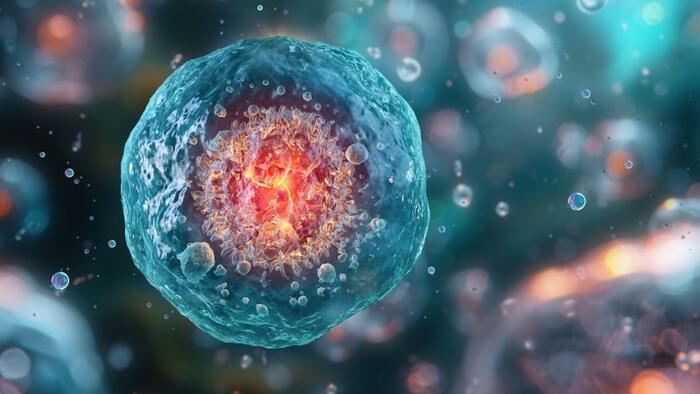The pursuit of immortality and longevity has fascinated humankind throughout history. Medical advancements have certainly extended lifespan, yet they often do so alongside chronic age-related diseases such as cardiovascular ailments, various cancers, type 2 diabetes, hypertension, and neurodegenerative conditions like Alzheimer’s and Parkinson’s disease. The ultimate goal, however, is to enhance individuals’ healthspan, defined as the period of life spent in good health, without significant biological aging or senescence. This entails striving for minimal functional decline in organs, preserving reproductive capacities, and diminishing the risk of death as we age. The focus should not merely be on prolonging life itself, but rather on extending youthfulness to foster robust health over an extended lifespan.
Aging at the cellular level is a result of cumulative damage outpacing the body’s repair mechanisms. Over time, the accumulation of damage can lead to dysfunctional cellular behavior, resembling the unchecked proliferation of cancerous cells. In healthy individuals, mechanisms like apoptosis (programmed cell death) and cellular autophagy—which involves the recycling of damaged cellular components—work to manage cellular health. A crucial aspect of this process is the role of glucose and insulin, which are essential for maintaining cellular quality control. However, as we age, the ability of cells to trigger apoptosis diminishes, resulting in increased dysfunction and disease development exhibited through the clustering of defective cells within organs, undermining their proper function.
Mitochondria play a pivotal role in our cellular functions, as they are the energy producers within our eukaryotic cells. These organelles are derived from ancient symbiotic bacteria and contain their own genetic material distinct from the nuclear DNA. Mitochondria harness oxygen to convert nutrients into ATP, the energy currency of our cells. This process is not entirely benign; it also generates reactive oxygen species (ROS), which have the potential to cause cellular damage when present in elevated levels. Therefore, achieving a balance—termed hormesis—between fostering healthy mitochondria through controlled energy production and avoiding excessive oxidative stress is critical for maintaining health. An important aspect of aging is linked to mitochondrial function, as diseases associated with aging often feature dysfunction in these organelles, leading to increased oxidative damage and compromised cellular repair mechanisms.
A key factor in cellular metabolism is the body’s source of energy, which can come primarily from glucose or fatty acids. The amount and type of carbohydrates we consume play an important role in this metabolic balance. Insulin is released in response to carbohydrate intake, promoting the absorption of glucose and generally inhibiting fat utilization. Research indicates that calorie restriction, particularly low carbohydrate diets, can enhance healthspan by inducing a metabolic state known as ketosis. During this state, the body relies on fat-derived ketone bodies, such as beta-hydroxybutyrate (BHB), for energy, a process that also boosts cellular housekeeping functions. This results in improved mitochondrial health and better DNA quality control, potentially reducing the risk of age-related diseases.
Fasting-mimicking diets, which emphasize time-restrained feeding and low carbohydrate, healthy fat consumption, can achieve similar metabolic benefits to traditional calorie restriction. Such dietary approaches lead to decreased glucose and insulin levels while enhancing the production of ketones. These dietary patterns not only shift the body’s energy metabolism predominantly towards fats but also promote mechanisms for cellular repair. By doing so, they contribute to reduced oxidative damage, supporting overall health and longevity. In contrast, high carbohydrate diets result in elevated insulin levels that are associated with numerous chronic diseases and may accelerate the aging process.
Critically, insulin is a double-edged sword; while essential for metabolic health, excessive insulin due to high carbohydrate consumption promotes cellular replication without adequate quality control. This lack of quality checks increases the likelihood of accumulated errors in DNA replication, fostering an environment conducive to disease. Additionally, higher insulin levels inhibit ketogenesis, reducing the production of beneficial ketone bodies like BHB that have powerful antioxidant properties. Ultimately, our dietary choices can have profound impacts on our aging processes. By consuming a diet that minimizes insulin stimulation, we can enhance BHB production, thereby supporting healthier cellular functions and potentially realizing an increase in both healthspan and lifespan. Rather than the traditional notion of “eating more for health,” the evidence points towards a potentially healthier approach of “eating less” or focusing on insulin-friendly foods to optimize well-being and longevity.

